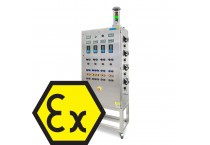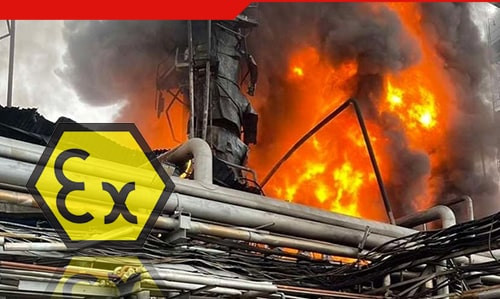-
- EX Stainless Steel Buttons
- Manual Fire Alarms (MFA)
- Junction and Terminal Boxes
- Control Panels
- Cable Glands
- Control Boxes
- Empty Enclosures
- Enclosures
- Ex Enclosures and Junction Boxes - Control Station
- Installation Connectors
- Line Bushings
- Boxes/Terminal Boxes [Ex] - made of polyester for QUICK DELIVERY
- Non-Explosive Bushings/Insulators - type M…x
- Protection enclosures
Devices and Components for Explosion Hazard Zones EX
All kinds of equipment and components, including systems, modules, and electronic devices used in areas designated as explosion hazard zones, must comply with the requirements outlined in European Directives 2014/34/EU (ATEX 114). Compliance is confirmed through certificates that indicate in which zones they can be safely used without the risk of igniting flammable gases, vapors, mists, or dust.
What are explosion hazard zones?
EX zone is a space where a potentially explosive atmosphere exists. In other words, it is at risk of forming a mixture of air or another oxidizer with flammable substances in a concentration sufficient for ignition. If accidentally ignited, this atmosphere undergoes rapid combustion, leading to an explosion causing a pressure increase of at least 5 kPa.
Explosion hazard zones are designated in places where flammable gases, liquids and their vapors, mists, or dust occur. Depending on the hazardous factor, according to the ATEX directive, they are divided into 6 different types.
Is every EX zone equally dangerous?
Not all EX zones are equally prone to uncontrolled explosions when a source of ignition, such as an electrical, electrostatic, mechanical spark, or sudden release of hot air, occurs. Therefore, in areas where gases or liquids are present, they are classified from 0 to 2.
Explosion hazard zone 0 is considered the most dangerous. It is a space, usually inside pipelines, tanks, and containers, where the explosive atmosphere occurs continuously or for long periods of time.
Explosion hazard zone 1 is an area where the risk of forming an explosive atmosphere under normal operating conditions is rare or occasional.
Explosion hazard zone 2 has the lowest risk, as an explosive atmosphere does not occur under normal operating conditions, and if it does, it is only for a short time.
Additionally, explosion hazard zones are classified for dust, powders, and fibers. In this case, they are divided into zones 20, 21, and 22, where the duration and circumstances of the explosive atmosphere are analogous to zones 0, 1, and 2 for gases and liquids.
Explosion protection and EX zones
Each EX zone, according to applicable regulations, must be equipped only with devices properly selected for it. They should be designed according to ATEX standards, which require the use of various protective solutions preventing the ignition of an explosive atmosphere. These solutions include special Ex-d enclosures resistant to internal explosions, preventing their spread outside. They are equipped with flame arresters and thick walls, ensuring resistance to the pressure generated during an explosion.
Additionally, devices intended for explosion hazard zones use intrinsically safe protections (Ex i), covering electrical circuits that do not generate enough energy to cause ignition, even in case of a short circuit or damage. Their protection level is further divided into three subcategories — ia, ib, ic. The first provides the highest level of protection and is intended for explosion hazard zone 0, while ic offers the lowest and is suitable for zone 2. This allows designers to select devices according to the risk level and specifics of the industrial area.
DACPOL offers a wide range of components and devices for EX zones that meet ATEX and international standards such as IECEx. These include lighting elements, switchboards, cables, grounding devices, emergency power supplies, AC/DC power supplies, fans, heaters, and visual and acoustic signals. All these products are designed to withstand harsh working conditions and minimize the risk of uncontrolled explosions.
Selecting the right devices not only allows you to equip explosion hazard zones in compliance with applicable regulations but also ensures the safety of workers and industrial processes. Properly selected components also enable continuous operation of installations, reducing the risk of downtime and failures. DACPOL supports clients in selecting devices for each EX zone, offering technical advice and compliance support. This ensures that explosion hazard zones are safe, and industrial processes can operate continuously and reliably.

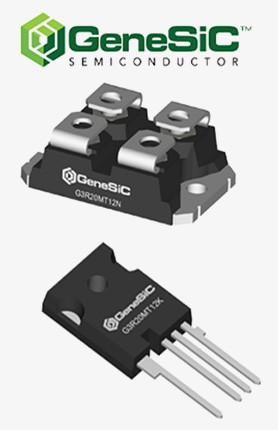
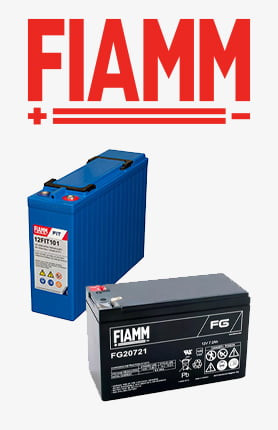
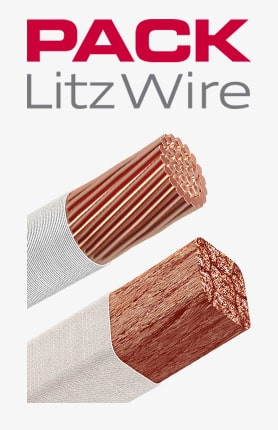
![Components for Hazardous Areas & Explosive Atmospheres [Ex] Components for Hazardous Areas & Explosive Atmospheres [Ex]](https://www.dacpol.eu/img/c/6823_thumbcustom.jpg)


![Components [Ex] - Introduction Components [Ex] - Introduction](https://www.dacpol.eu/c/6984-catsmal_default/introduction-ex-components-61061.jpg)
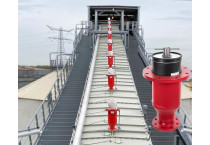

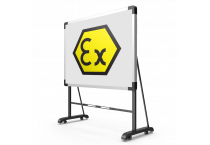
![Lighting for Hazardous Areas [Ex] Lighting for Hazardous Areas [Ex]](https://www.dacpol.eu/c/3722-catsmal_default/lighting-ex-17648.jpg)
![Housings, Control Boxes, Panels, Accessories [Ex] Housings, Control Boxes, Panels, Accessories [Ex]](https://www.dacpol.eu/c/6855-catsmal_default/atex-ex-enclosures-59981.jpg)
![Electrical Connectors for hazardous areas [Ex] Electrical Connectors for hazardous areas [Ex]](https://www.dacpol.eu/c/6862-catsmal_default/electrical-connectors-ex-explosion-60017.jpg)
![Light and Sound Signaling [Ex] Light and Sound Signaling [Ex]](https://www.dacpol.eu/c/6881-catsmal_default/light-and-sound-signaling-ex-60179.jpg)
![Cables, Heating Hoses, Conduits [Ex] Cables, Heating Hoses, Conduits [Ex]](https://www.dacpol.eu/c/6905-catsmal_default/cables-hoses-heating-ex-60395.jpg)
![Automation [Ex] Automation [Ex]](https://www.dacpol.eu/c/6917-catsmal_default/ex-automation-6917.jpg)
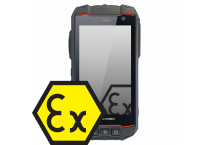
![Cameras and Digital Camera [Ex] Cameras and Digital Camera [Ex]](https://www.dacpol.eu/c/6945-catsmal_default/ex-cameras-and-digital-camera-60719.jpg)
![Computers, Monitors and Operator Panels [Ex] Computers, Monitors and Operator Panels [Ex]](https://www.dacpol.eu/c/6949-catsmal_default/computers-and-monitors-operator-ex-60755.jpg)
![Industrial Communication [Ex] Industrial Communication [Ex]](https://www.dacpol.eu/c/6966-catsmal_default/industrial-communication-ex-60899.jpg)
![Displays [Ex] Displays [Ex]](https://www.dacpol.eu/c/7787-catsmal_default/displays-ex-68190.jpg)

![Explosion-Proof Slip Ring [Ex] Explosion-Proof Slip Ring [Ex]](https://www.dacpol.eu/c/8320-catsmal_default/rotary-connector-ex-72951.jpg)
![Standard Switchgears made of plastic [Ex] Standard Switchgears made of plastic [Ex]](https://www.dacpol.eu/c/8652-catsmal_default/standard-switchgears-made-of-plastic-ex-75903.jpg)

